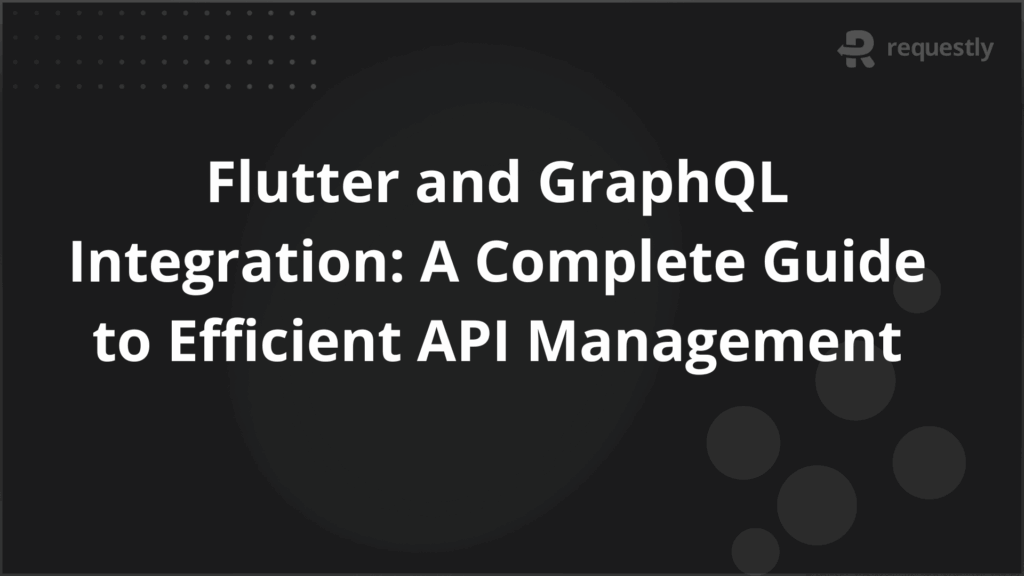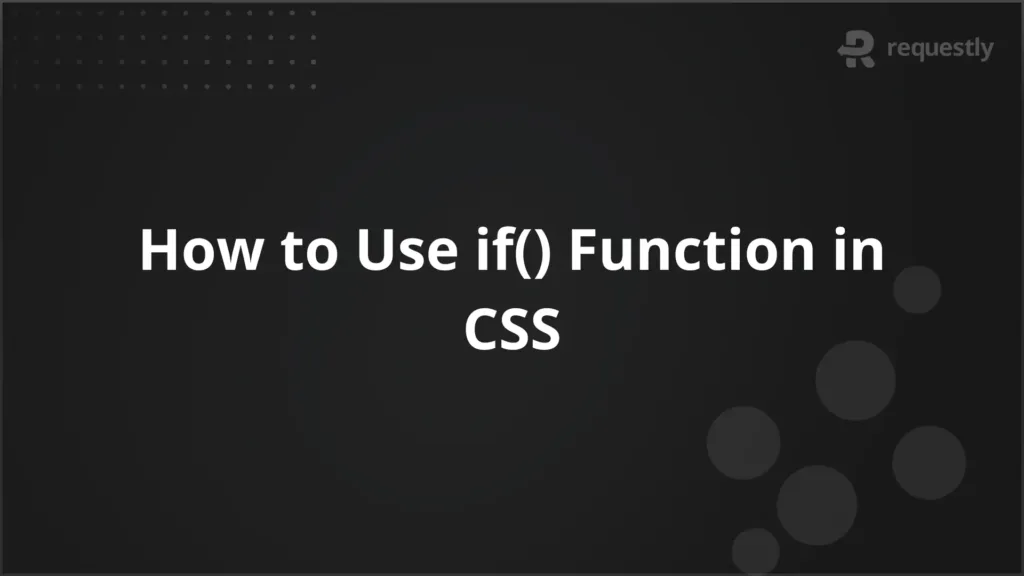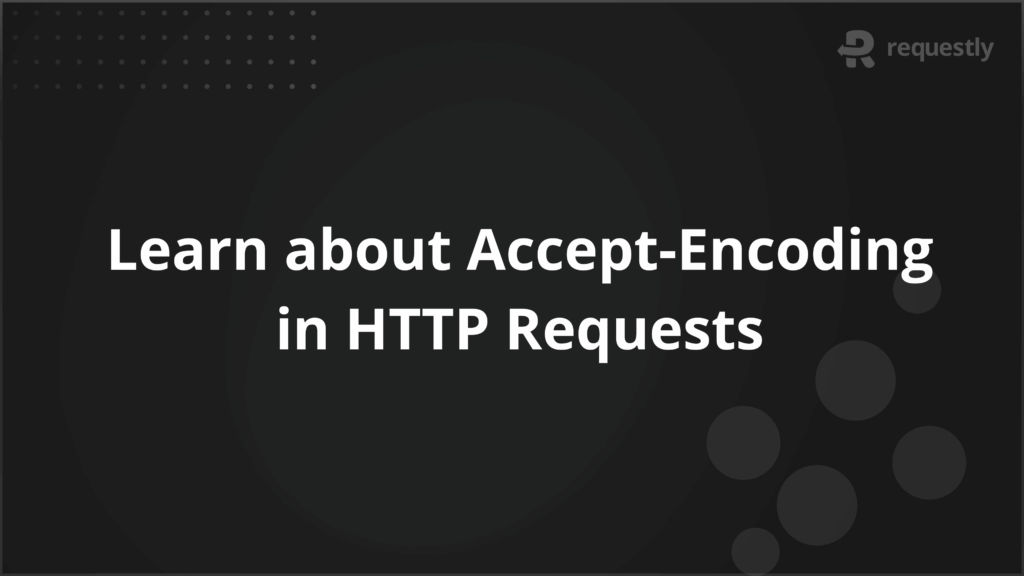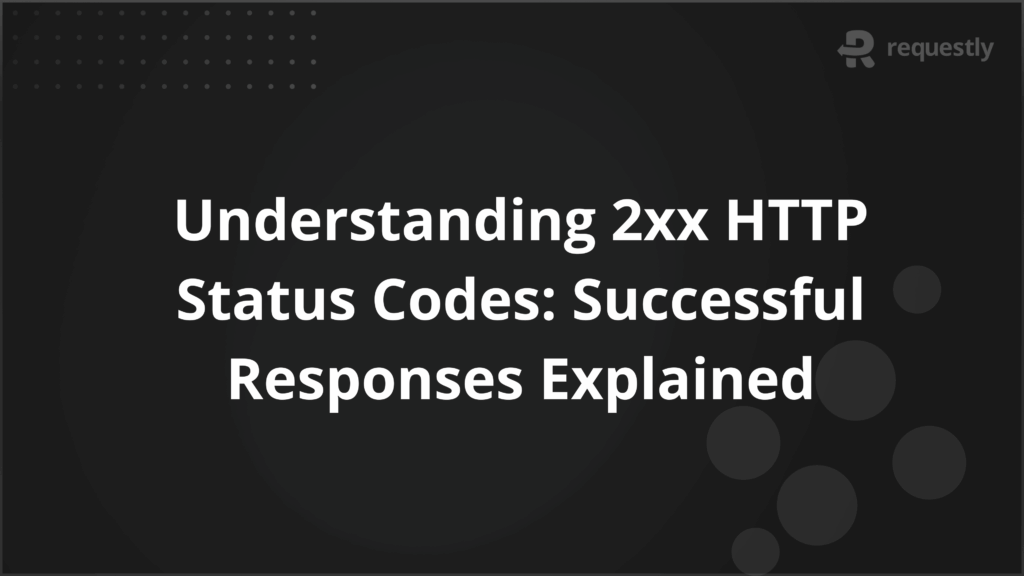Flutter and GraphQL Integration: A Complete Guide to Efficient API Management


Flutter has emerged as a leading framework for building natively compiled applications across mobile, web, and desktop from a single codebase. To maximize data efficiency and enhance app performance, developers are increasingly turning to GraphQL, a flexible query language and runtime that simplifies data fetching.
Combining Flutter with GraphQL enables the creation of applications that are both powerful and responsive, offering fine-grained control over data interactions.
This article delves into how integrating GraphQL within Flutter projects can streamline development, optimize network requests, and improve the overall user experience.
Understanding Flutter and GraphQL
Flutter is a versatile framework designed to develop high-performance, natively compiled applications across multiple platforms, including mobile, web, and desktop, from a single codebase. It provides developers with a rich set of customizable widgets and employs a reactive programming model, which makes building user interfaces intuitive and efficient.
GraphQL, on the other hand, is a modern API query language and runtime that offers an alternative to traditional RESTful services. Unlike REST, which might require requesting multiple endpoints and often results in over-fetching or under-fetching data, GraphQL allows clients to specify precisely the data they need through a single flexible query endpoint.
This capability reduces network overhead and simplifies the communication pattern between client and server.
By integrating Flutter’s expressive UI capabilities with GraphQL’s efficient and dynamic data-fetching mechanism, developers can create applications that are not only responsive and performant but also easier to maintain and scale.
Advantages of Integrating GraphQL in Flutter Projects
Integrating GraphQL into Flutter projects brings several significant benefits that enhance both development efficiency and app performance.
Precise Data Fetching
GraphQL enables Flutter apps to request exactly the data they need, no more, no less. This precision minimizes the amount of data transferred over the network, reducing bandwidth use and improving load times. Instead of multiple REST API calls, a single GraphQL query can gather all required information for a screen or feature, resulting in faster and more efficient data retrieval.
Reduced Over-fetching and Under-fetching
Traditional REST APIs often result in over-fetching, where extra unwanted data is received, or under-fetching, which forces multiple requests. GraphQL solves this by allowing clients to specify the exact data fields they want. This leads to cleaner, more optimized network interactions that better suit the resource constraints typical of mobile environments.
Strongly Typed Schema Benefits
GraphQL uses a well-defined schema as a contract between client and server. This schema provides type safety and enables tools to offer features like auto-completion and compile-time error checking in Flutter development. Such features reduce bugs, speed up development, and improve code quality.
Real-time Capabilities
GraphQL supports real-time updates through subscriptions, which keep the UI synchronized with live data changes. Flutter’s reactive framework naturally complements this, allowing developers to build dynamic and responsive user experiences that update in real time without manual refreshes.
Enhanced Developer Experience and Tooling
The Flutter ecosystem includes well-supported packages like graphql_flutter that provide robust abstractions and utilities to simplify GraphQL integration. This tooling makes it easy to handle queries, mutations, caching, and even optimistic UI updates, accelerating development workflows.
Improved Performance and User Experience
By optimizing network requests and managing data efficiently, Flutter apps with GraphQL deliver smoother, faster, and more responsive experiences, especially on mobile devices with limited bandwidth. This results in higher user satisfaction and engagement.
Setting Up GraphQL in a Flutter Project
To integrate GraphQL in a Flutter project, start by adding the graphql_flutter package to your dependencies:
flutter pub add graphql_flutter
Next, import the package into your Dart code:
import 'package:graphql_flutter/graphql_flutter.dart';
Then, create a GraphQL client that defines the connection to your GraphQL server and manages caching. For example:
final HttpLink httpLink = HttpLink('https://YOUR_GRAPHQL_ENDPOINT');
final ValueNotifier<GraphQLClient> client = ValueNotifier(
GraphQLClient(
link: httpLink,
cache: GraphQLCache(),
),
);
Wrap your root widget in a GraphQLProvider and pass the client instance to it. This makes the GraphQL client available throughout the widget tree:
GraphQLProvider(
client: client,
child: MaterialApp(
title: 'Flutter GraphQL Demo',
home: MyHomePage(),
),
);
With this setup, you can use widgets like Query, Mutation, and Subscription anywhere in your app to communicate with the GraphQL server.
Caching is enabled by default using an in-memory cache, but you can customize this with persistent caching strategies for more advanced use cases.
This basic configuration forms the foundation for running GraphQL queries and mutations within your Flutter app, allowing you to efficiently fetch and manage remote data.
Core Operations: Queries, Mutations, Subscriptions
When working with GraphQL in Flutter, three main operations enable efficient data management: queries, mutations, and subscriptions.
Queries
Queries are used to fetch data from the GraphQL server. They allow you to specify exactly which fields you want, resulting in efficient and precise data retrieval. In Flutter, the Query widget from the graphql_flutter package lets you run GraphQL queries and handle the loading and error states seamlessly.
Mutations
Mutations allow you to create, update, or delete data on the server. Similar to queries, Flutter provides a Mutation widget that helps execute mutation operations. You invoke a mutation by calling the mutation function provided by the widget, often triggered by user actions such as button presses.
Subscriptions
Subscriptions provide support for real-time updates by opening a WebSocket connection between the client and server. Whenever new data events occur, the server pushes updates to the client automatically. In Flutter, the Subscription widget is used to listen for these live data changes and update the UI reactively.
Using these three core operations, Flutter apps can efficiently interact with GraphQL APIs, combining precise data fetching, dynamic data modification, and seamless real-time updates.
Advanced Usage Patterns
Taking Flutter and GraphQL integration beyond the basics unlocks more powerful and efficient app development techniques.
- Optimistic Updates: This pattern lets the UI update immediately after a mutation is triggered, without waiting for server confirmation. If the mutation fails, the UI can roll back to the previous state. This approach improves perceived responsiveness and user experience.
- Caching Strategies: Effective use of caching reduces redundant network calls and speeds up data access. graphql_flutter supports multiple caching policies like CacheFirst and NetworkFirst, enabling you to tailor cache usage according to your app’s needs.
- Code Generation: For larger projects, using GraphQL code generators to create Dart models and query classes directly from your schema reduces boilerplate code and improves type safety. Popular tools include gql_code_builder and artemis.
- Fragment Usage: Reusable query fragments help minimize duplication and maintain consistency across your queries and mutations.
- State Management Integration: Combining GraphQL with state management solutions such as BLoC, Provider, or Riverpod helps manage asynchronous data and UI states more effectively.
These advanced patterns enhance app performance, maintainability, and developer productivity when building complex Flutter applications powered by GraphQL.
Streamline Debugging with Requestly HTTP Interceptor
Requestly by BrowserStack offers a powerful HTTP interceptor tool that streamlines debugging of GraphQL APIs in Flutter projects. It allows developers to intercept, inspect, and modify HTTP requests and responses on the fly without changing the app’s code.
Intercept GraphQL Requests: Unlike REST APIs with separate endpoints, GraphQL uses a single endpoint with dynamic queries. Requestly lets you filter and target GraphQL operations based on query or operation names to precisely intercept specific requests.
Modify Requests and Responses: You can change request payloads, headers, or response bodies in real time. This enables testing of different API scenarios, simulating errors, or overriding data to validate app behavior under various conditions.
Switch Environments Easily: Requestly lets you redirect API calls to different backend environments (e.g., from local development to a staging server) seamlessly by creating URL rewrite rules, enabling more flexible testing.
Debugging Made Simple: By logging and monitoring network traffic, Requestly helps identify issues faster, allowing developers to observe how GraphQL queries and mutations behave in production-like conditions.
Using Requestly HTTP Interceptor empowers Flutter developers to debug efficiently, accelerate testing, and ensure robust integration with GraphQL services, all without modifying backend or client code.
Conclusion
Integrating GraphQL with Flutter streamlines data handling, boosts app performance, and improves the overall developer experience. Leveraging real-time updates and efficient debugging tools like Requestly, developers can deliver fast, robust, and scalable applications.

Contents
- Understanding Flutter and GraphQL
- Advantages of Integrating GraphQL in Flutter Projects
- Precise Data Fetching
- Reduced Over-fetching and Under-fetching
- Strongly Typed Schema Benefits
- Real-time Capabilities
- Enhanced Developer Experience and Tooling
- Improved Performance and User Experience
- Setting Up GraphQL in a Flutter Project
- Core Operations: Queries, Mutations, Subscriptions
- Queries
- Mutations
- Subscriptions
- Advanced Usage Patterns
- Streamline Debugging with Requestly HTTP Interceptor
- Conclusion
Subscribe for latest updates
Share this article
Related posts





















